Yes, it is Virtually Pain-Free
Experience oral surgeries that are faster, safer, and virtually pain-free. Fotona’s non-invasive laser technology is redefining the way oral surgeries are performed with little to no complications and faster recovery times.
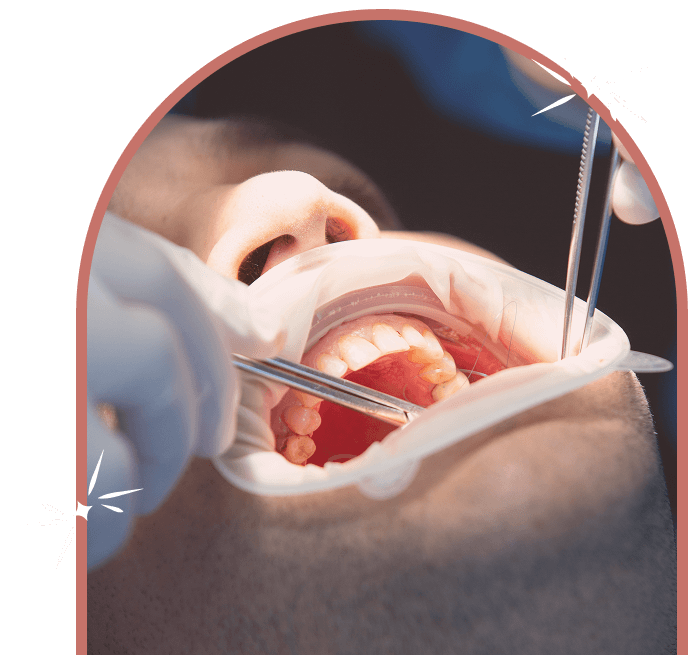
What Happens with Fotona Oral Surgery?

Laser technology offers as a perfect substitute for traditional dental procedures and have only accelerated in demand. Ideal for both soft and hard tissue treatments, Fotona’s advanced laser energy uses non-invasive means instead of traditional scalpels and gently cuts & cauterizes the area thereby reducing bleeding and swelling. The laser energy then simultaneously disinfects the area lowering the risk of infection. The reduced pain and trauma mean, patients experience little to no pain and are at an advantage of faster healing and a comfortable recovery compared to traditional surgical methods.
Benefits of Fotona Oral Surgery
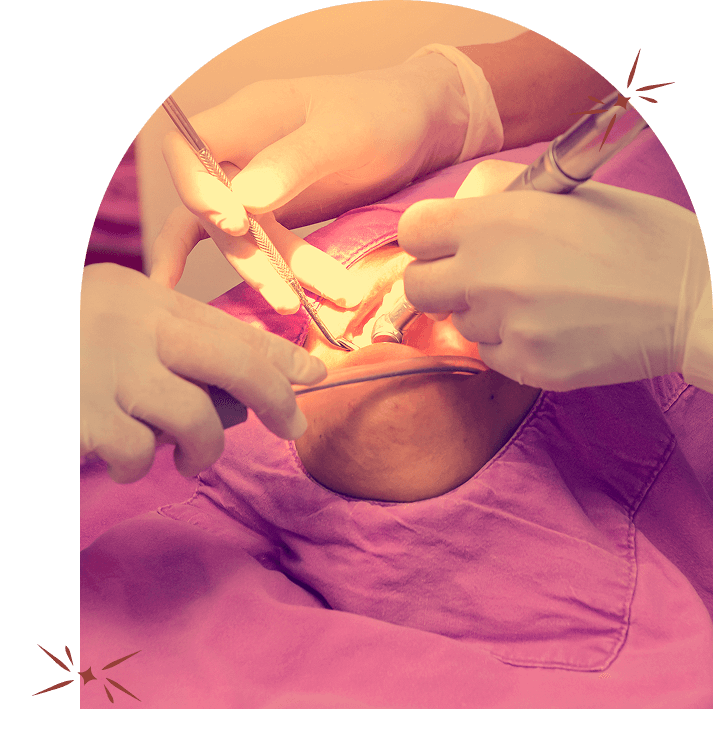
- Virtually pain free procedure and reduced discomfort
- No use or need of scalpels or stitches
- Simultaneous disinfection means faster healing & recovery
- Immediate sterilization leads to lower risk of infection
- Reduced bleeding and swelling
- Enables faster tissue regeneration

Step-by-Step Procedure

Precise laser gently cuts the tissue

Simultaneous sealing and disinfecting the site

Faster healing and comfortable recovery
OUR PARTNERS










Clinical Results
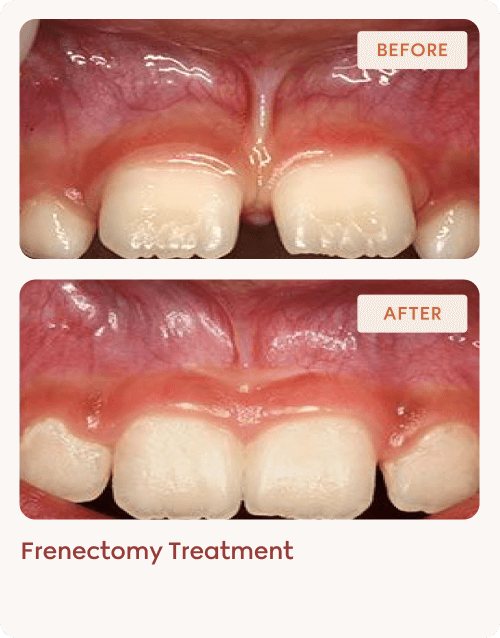
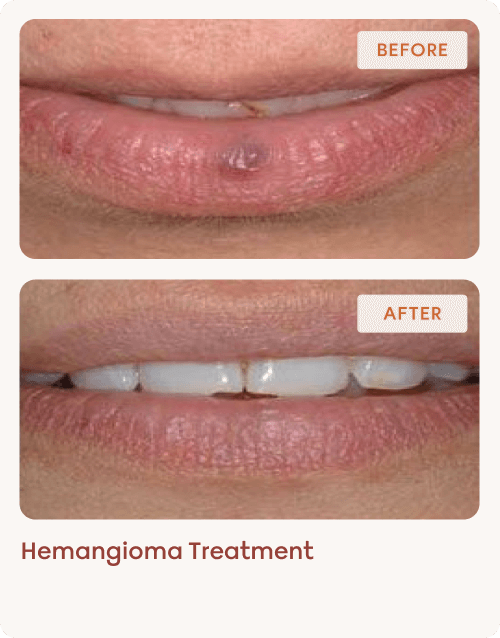
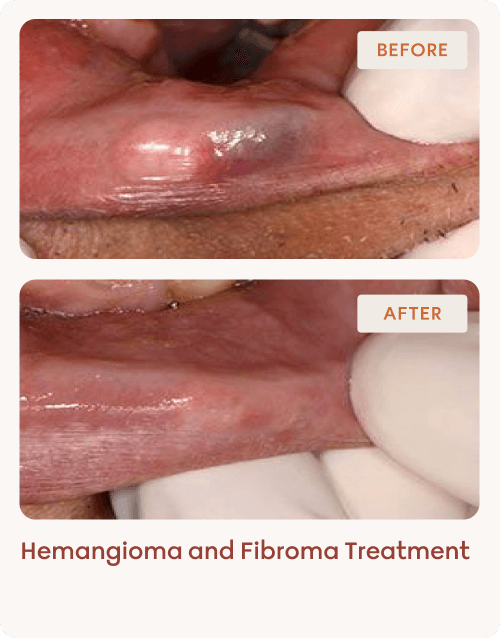
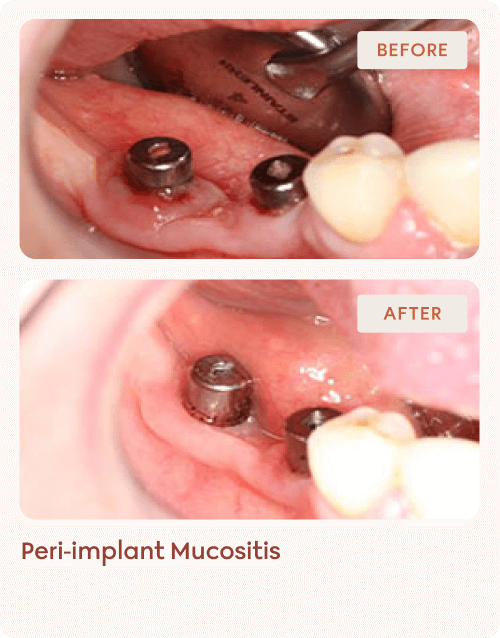
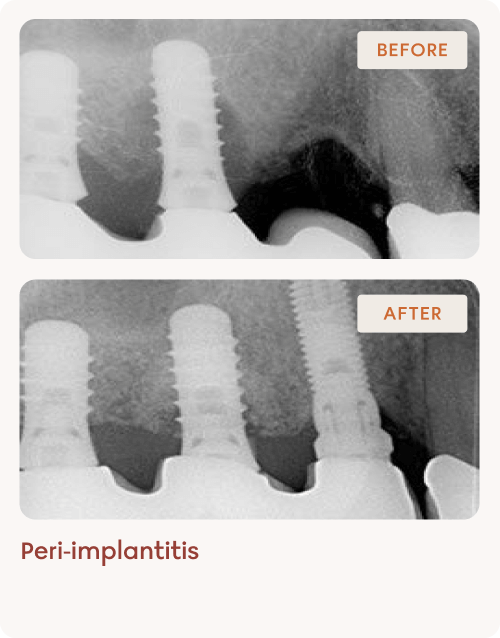
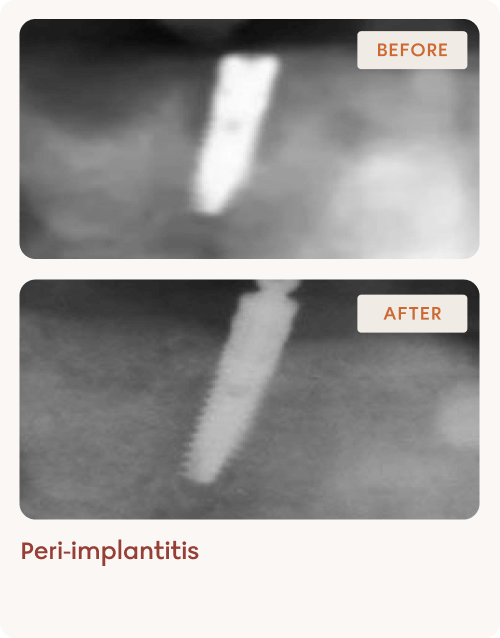
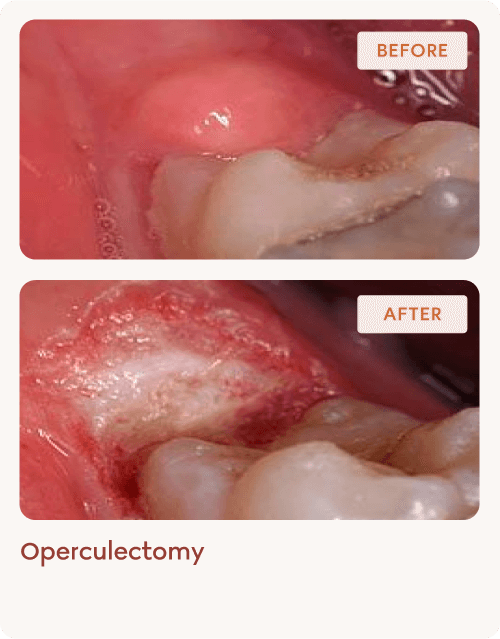
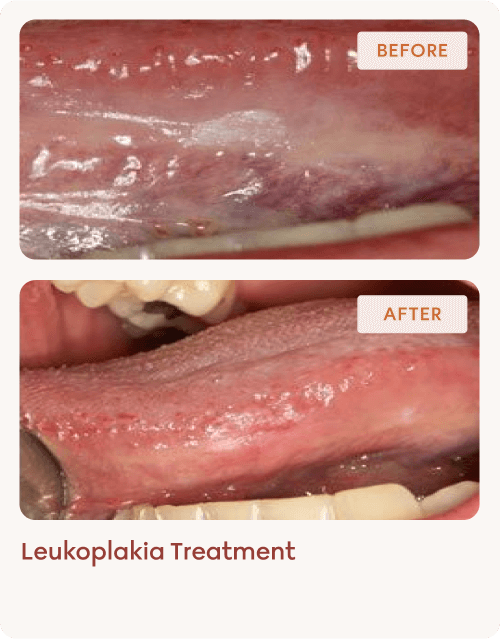
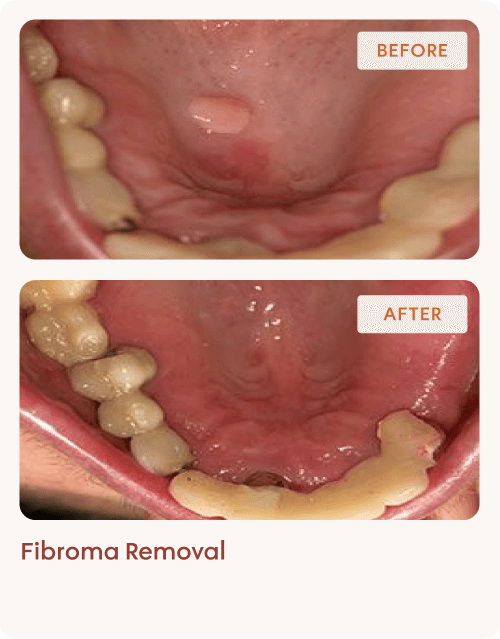
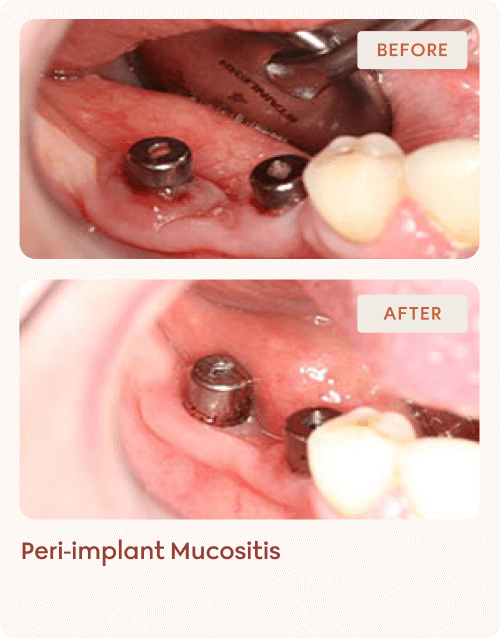








FAQs
What is Fotona oral surgery?
Fotona oral surgery uses advanced laser technology to perform precise dental and soft-tissue procedures with minimal discomfort, bleeding, or need for sutures.
Is Fotona oral surgery painful?
Most patients describe the procedure as virtually pain-free, as the laser seals nerve endings while it works, reducing the need for anaesthesia.
How safe is the Fotona laser?
The Fotona laser is FDA-approved and widely used in dentistry. It’s designed for accuracy, safety, and reduced risk of infection.
What types of oral procedures can Fotona be used for?
It can be used for gum surgery, frenectomy, lesion removal, crown lengthening, biopsies, and other soft-tissue procedures.
How does healing compare to traditional oral surgery?
Healing is usually faster, with less swelling and discomfort, since the laser minimizes tissue trauma and sterilizes the surgical site.
How long is the recovery time?
Most patients recover much quicker than with traditional surgery, often returning to normal activities within a day or two.

